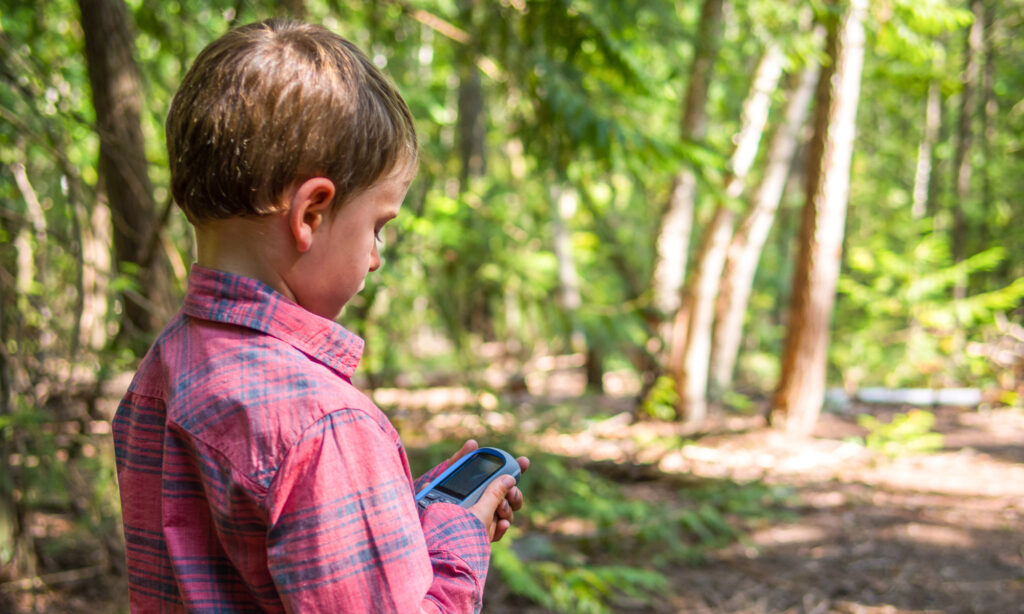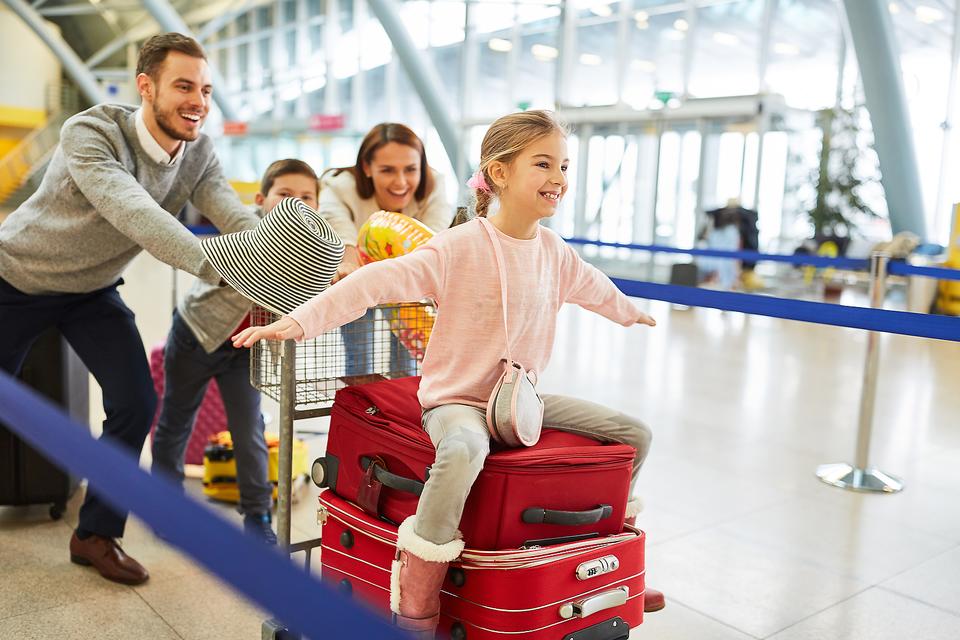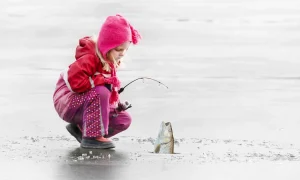Going on a trip with your whole family is, put simply, an overwhelming situation. It goes without saying that you’ll run into some challenges when traveling with kids but sometimes, there’s a lot you have to do in just a short amount of time.
In that case, this article will help you go through a list of tips and tricks that are important when taking the road with kids in the backseat.
1. Teach your kids how to gather and stay together
Teaching your kids responsibility should be taught from an early age. They should know that it’s their responsibility to stay near you, especially in crowded places. You have to teach them that they can’t move from one place to another without leaving your sight.
One thing you can do is teach them small words like “come here” or “stop” whenever they’re in a potentially dangerous situation.

Source: cooperstowntradingpins.com
2. Teach them information about you
Again, this should be taught when they’re old enough to understand words. You should teach them their name, your name, and your phone number. Practice this whenever possible so they have it memorized.
3. Childproof space
Kids like to wander around and by childproofing the space, you can avoid being anxious. Covering outlets is one thing you can do to prevent any inconvenience. You could also call the place you’re staying to see if they have any childproofing options. While you’re at it, a safe car seat is always necessary.
4. Bring their essentials
Kids have their ways of disappearing in the blink of an eye. Luckily, there are some luggage options like these ones from KiddieTotes.com that can help keep them occupied. You could bring their essentials such as snacks, their favorite toy, an electronic device, and even some cards with important information to put in the luggage.
5. Use tracking devices
You can track your kids with wearable GPS devices that come in different colors and designs to make them look more fun. This can alleviate your anxiety when you’re in crowded places or tourist attractions.

Source: tomsguide.com
6. Bring a medical kit
Kids fall and get hurt all the time, even at home. But when you’re traveling, a medical kit can come in handy. Fill that first aid kit with essentials such as band-aids or disinfectant spray to make sure you have everything you need.
7. Familiarize yourself and your family with your travel location
Getting some background information about the place you’re traveling to is always useful. You should do this before the trip and print out some maps for yourself and your kids. You could also mark all the places you plan on visiting so that everyone knows where to find each other if something happens.
8. Check your insurance
Traveling across countries means you’ll face different situations. Taking a look at your travel insurance and checking whether they have free coverage for kids who travel with their parents is always a good thing. This is to ensure that the cost of the plan won’t be an issue for you.
9. Don’t come too prepared, loosen up
You might be a parent who is used to a routine – getting up early or eating quickly, but this might not work with a kid. Try to break free from your routine and don’t be so strict. Let your kids adjust to the new environment. Also, try to give them some room and have fun, you’ll have a happier vacation.

Source: medvisit.io
10. Take pictures
This has two benefits: it’s a great family memory and you’ll have a picture of what each one of you is wearing in case something happens. It’s always good to dress in bright colors when visiting so they’re more noticeable in crowded places.
11. Sew a tag with your phone number into their clothes
No matter how well your child remembers your name and phone number, there will be times when they’ll forget, especially under stress. It’s just natural. However, you can avoid this problem by sewing a tag with your name and phone number into their clothing.
It’s easy to get custom tags made online that can accommodate two lines of text. All you need is your cell phone number and your name. Sew these tags to their clothing in a place where they’ll be noticed.
Don’t sew the tags to the inside of their clothes because if you’ve trained them well, they won’t allow a stranger to touch them. Instead, sew the tags to the outside of their clothing. For instance, sew a tag to the outside of their pant leg, the end of their sleeve, or the back of their shirt.
Just remember to order tags in multiple colors so that you can always choose contrasting colors for each clothing item.

Source: thesun.co.uk
12. Practice your safety plans
It’s great to have a safety plan for what you want your kids to do in various situations. For instance, you might teach them to run to the nearest house if someone tries to coax them into a car while they’re lost. Safety plans are important, but they need to be practiced to be effective.
If any of your safety plans aren’t practiced, your kids may not remember what to do when faced with a real situation. The problem is, that they need to develop muscle memory to act in stressful situations. They’re not going to be able to think clearly when they have only a fraction of a second to make a decision.
Take time to practice each of your safety plans with your kids at home. Let them know the plans still apply when you’re traveling. The more you practice, the more solidified their response will be if they ever find themselves in a real situation.
13. Use a leash for small children
If you’ve seen parents using leashes and always laughing, you may want to consider using one yourself. Keeping your small kids on a leash when traveling is a smart move. When traveling, you’ll be distracted by a lot of different things, including sounds and people, and you’ll need to give other people your attention for short periods of time. It doesn’t take long for a child to wander far enough away from you to become lost in a crowd or to be scooped up by a stranger.

























